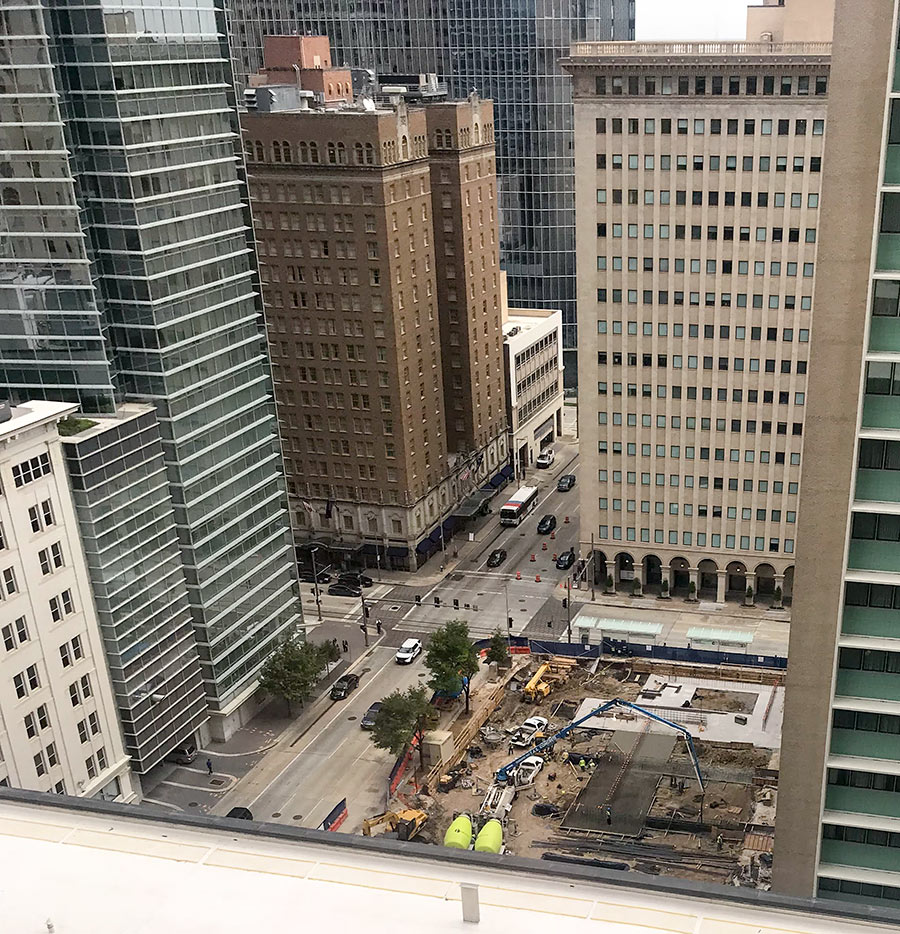
Here’s a view from 2 Houston Center onto the construction site where a new 13-story precast-concrete parking garage is in the early stages of assembly. The site is the west half of the block bounded by Rusk, Fannin, and Walker streets Downtown. On the eastern half: The newly opened Le Meridien hotel (partly visible in the right foreground), built in the renovated former Melrose Building; and (hidden) behind that, the 11-level 1110 Rusk parking garage. On the opposite side of Fannin St. is another recent Downtown hotel: The Aloft, at 820 Fannin (in the left foreground of the image), with BG Group Place directly behind it.
The new parking garage going up on Downtown’s Block 94 appears to be an accessory to another development not visible in the photo, however: It’s a project of developers Lionstone and Midway, to go with the companies’ Jones at Main redo of the former Gulf Building and the adjacent Great Jones building at 712 and 708 Main St. respectively, both 2 blocks away to the northwest.
The parking garage site has been a surface parking lot since not long after Memorial Day 1986, when the retail building on the site was decimated by a natural gas explosion. The replacement structure is expected to be complete by the end of next year.
- Houston: 13-Story Parking Garage Being Drawn for Federal District [Virtual Builders Exchange]
- Parking Garage to be built next to the Le Meridian [HAIF]
- Montrose Voice, No. 292, May 30, 1986 [University of Houston Libraries]
- Previously on Swamplot: Downtown To Get A Second Food Hall, This Time Above Ground; Former Gulf Building Jonesing for Throwback to the Sakowitz Days on Main St.
Photo: Eric Ramon


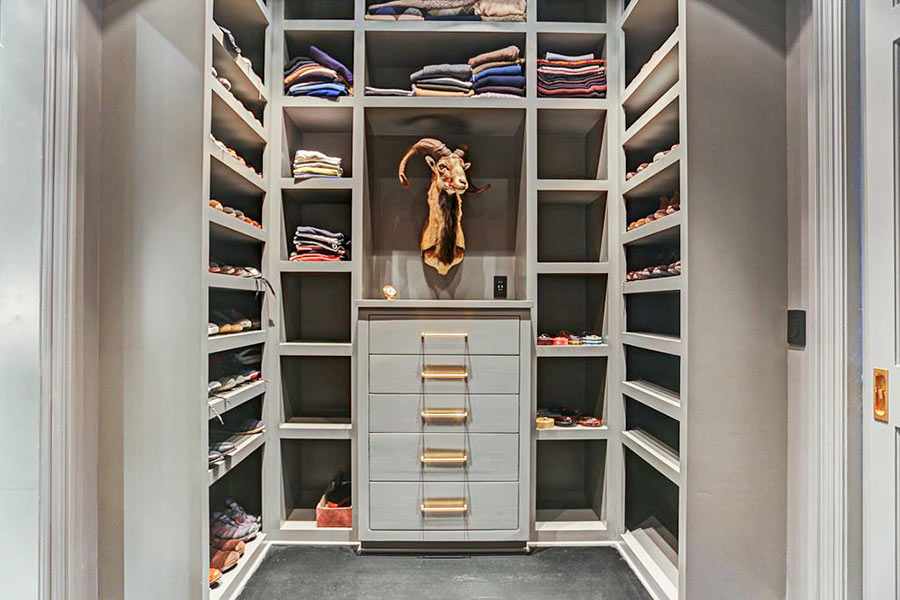
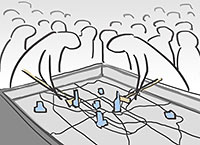 “I’m going to go ahead and disagree on the value of planning. The best parts of the city (19th St, parts of Washington, parts of Midtown) were developed before the city passed Chapter 42, and would be illegal to replicate today.
What has planning gotten our fair city over the past half-century? Here’s a partial list:
1.) Density caps inside the loop (since repealed), driving multifamily development to areas farther away from downtown, increasing sprawl.
2.) 70+ ft. right-of-ways, which, along with our 25-ft setbacks, result in an absurd 120 feet between facades. Compare that to unplanned, human-scaled environments in pre-19th century cities and the result is 25% of land completely wasted, or given over to automobiles instead of people.
3.) Parking minimums, requiring up to 75% of land be given over to car storage.
4.) 25-ft. retail setbacks, which, combined with parking minimums, essentially mandate strip-mall development.
What Houston does well is where it doesn’t ‘plan.’ We don’t segregate residential, commercial and retail. We don’t limit residential density (much) (inside the loop), we don’t cap multi-family density (any more). All those great, walkable places we travel to on vacation have one thing in common: the almost complete lack of planning. And where they did do ‘planning’ it did more harm than good. The gothic quarter in Barcelona is way more charming than the Eixample, and don’t get me started on how Haussmann screwed up Paris.
Lump me in with the anti-planners on this one.” [
“I’m going to go ahead and disagree on the value of planning. The best parts of the city (19th St, parts of Washington, parts of Midtown) were developed before the city passed Chapter 42, and would be illegal to replicate today.
What has planning gotten our fair city over the past half-century? Here’s a partial list:
1.) Density caps inside the loop (since repealed), driving multifamily development to areas farther away from downtown, increasing sprawl.
2.) 70+ ft. right-of-ways, which, along with our 25-ft setbacks, result in an absurd 120 feet between facades. Compare that to unplanned, human-scaled environments in pre-19th century cities and the result is 25% of land completely wasted, or given over to automobiles instead of people.
3.) Parking minimums, requiring up to 75% of land be given over to car storage.
4.) 25-ft. retail setbacks, which, combined with parking minimums, essentially mandate strip-mall development.
What Houston does well is where it doesn’t ‘plan.’ We don’t segregate residential, commercial and retail. We don’t limit residential density (much) (inside the loop), we don’t cap multi-family density (any more). All those great, walkable places we travel to on vacation have one thing in common: the almost complete lack of planning. And where they did do ‘planning’ it did more harm than good. The gothic quarter in Barcelona is way more charming than the Eixample, and don’t get me started on how Haussmann screwed up Paris.
Lump me in with the anti-planners on this one.” [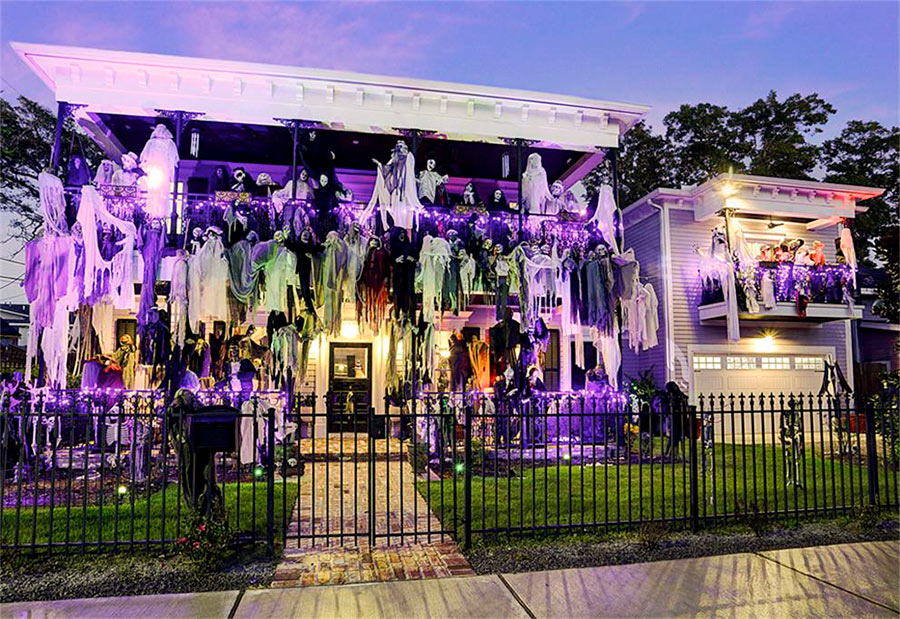
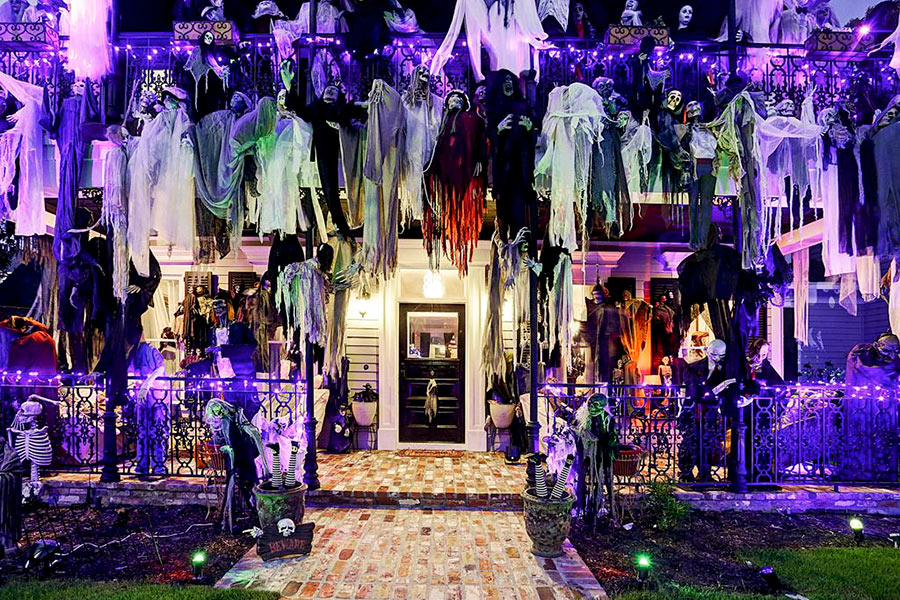
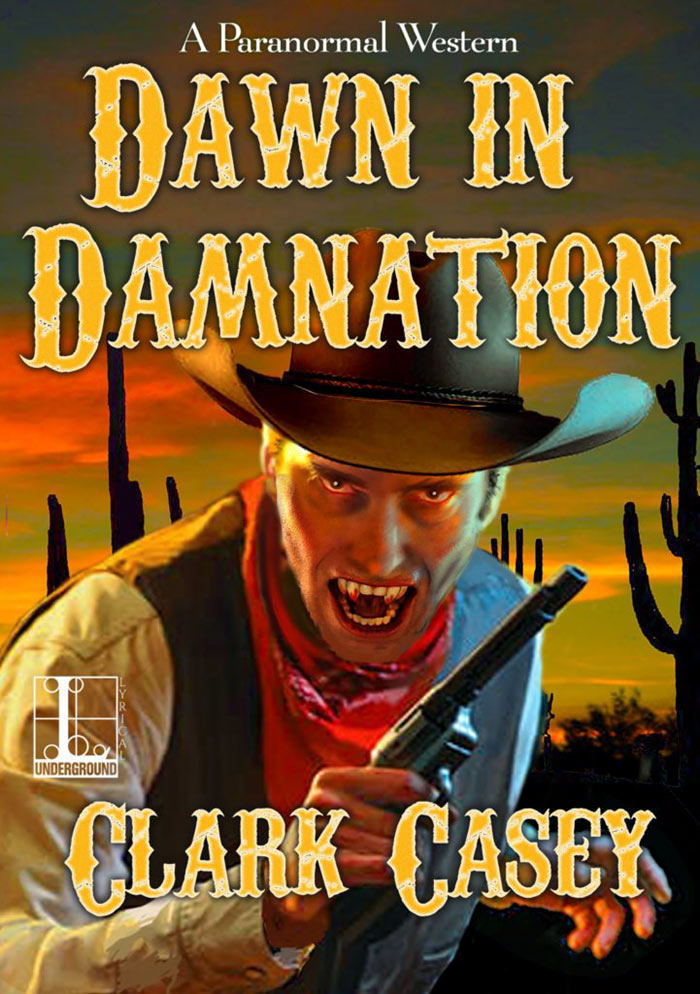
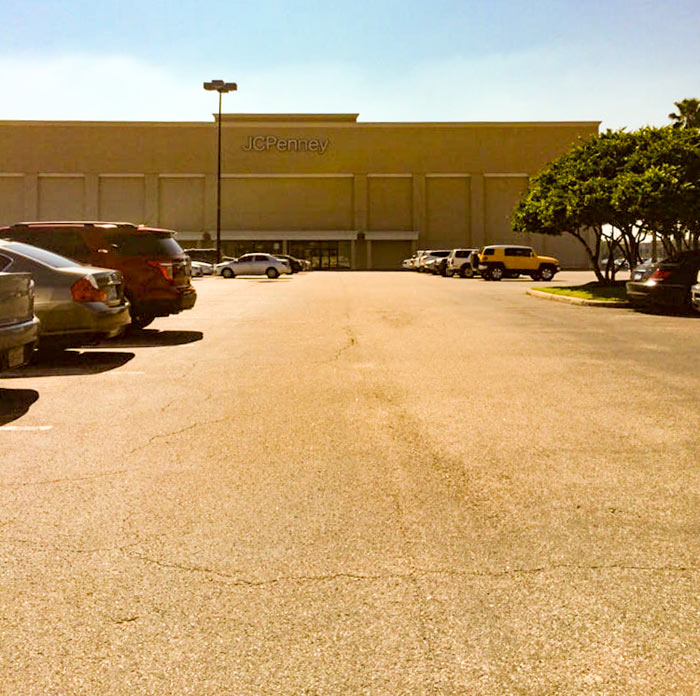 Ralph Bivins reports that grocery chainÂ
Ralph Bivins reports that grocery chain 
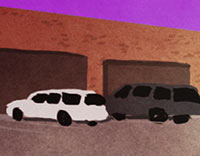 “The urban fantasists who don’t believe in minimum parking should school themselves on the economic concept of the free rider and the common law concept of nuisance. They should also research a little of the history behind Houston minimum parking requirements. These regs did not emerge in a vacuum.
I lived in Avondale, in Montrose, during the nineties, when it was home to no less than nine bars, multiple restaurants, and other adult businesses, all without parking and no parking requirements. Houston minimum parking requirements arose because of what was going on in Avondale and a few other neighborhoods inside the Loop.
The patrons of these bars and restaurants did not and still do not live within Avondale. They all drove to Avondale because there was and is still no other way to get there. The bar owners did not provide parking, choosing instead to impose the costs of their patron parking on the city and the residents of Avondale (free rider). The patrons parked, imbibed, and then proceeded to be drunken asses all night disturbing the peace of the neighborhood (nuisance).
Forcing the business owner to bear the costs of patron parking shifts the costs back to the business which benefits from the patronage. It is a reasonable requirement. It also alleviates the nuisance issue by keeping the drunks off the property of other businesses and residences.” [
“The urban fantasists who don’t believe in minimum parking should school themselves on the economic concept of the free rider and the common law concept of nuisance. They should also research a little of the history behind Houston minimum parking requirements. These regs did not emerge in a vacuum.
I lived in Avondale, in Montrose, during the nineties, when it was home to no less than nine bars, multiple restaurants, and other adult businesses, all without parking and no parking requirements. Houston minimum parking requirements arose because of what was going on in Avondale and a few other neighborhoods inside the Loop.
The patrons of these bars and restaurants did not and still do not live within Avondale. They all drove to Avondale because there was and is still no other way to get there. The bar owners did not provide parking, choosing instead to impose the costs of their patron parking on the city and the residents of Avondale (free rider). The patrons parked, imbibed, and then proceeded to be drunken asses all night disturbing the peace of the neighborhood (nuisance).
Forcing the business owner to bear the costs of patron parking shifts the costs back to the business which benefits from the patronage. It is a reasonable requirement. It also alleviates the nuisance issue by keeping the drunks off the property of other businesses and residences.” [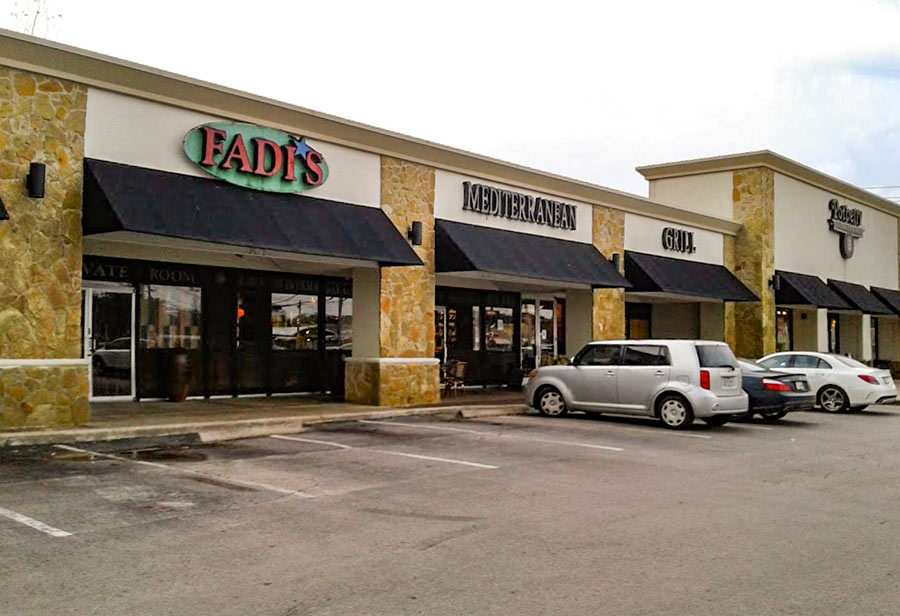
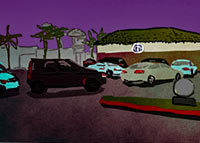 “Uggh . . . Every thread on here, or nextdoor, etc., about a new bar or restaurant attracts an inevitable ‘where will all these people park?‘ comment.
Why do people feel the need to drive to this bar, and the others in the vicinity? Because our obsession with parking requires every bar or restaurant to dedicate 3/4 of their land area to machinery storage, making everything so far apart you can’t walk anywhere.
Wouldn’t it make more sense to PROHIBIT bars from having parking lots, instead? Why does our city REQUIRE bar operators to subsidize one of the most dangerous and reckless activities people regularly engage in — drinking and driving — by forcing bars to provide parking for their patrons? Wouldn’t you rather the bars in your neighborhood made it as difficult as possible for people to drive there, and take an Uber instead?
Let’s keep the drunks off our streets: Zero out the parking minimum on any establishment with an on-premise liquor license.” [
“Uggh . . . Every thread on here, or nextdoor, etc., about a new bar or restaurant attracts an inevitable ‘where will all these people park?‘ comment.
Why do people feel the need to drive to this bar, and the others in the vicinity? Because our obsession with parking requires every bar or restaurant to dedicate 3/4 of their land area to machinery storage, making everything so far apart you can’t walk anywhere.
Wouldn’t it make more sense to PROHIBIT bars from having parking lots, instead? Why does our city REQUIRE bar operators to subsidize one of the most dangerous and reckless activities people regularly engage in — drinking and driving — by forcing bars to provide parking for their patrons? Wouldn’t you rather the bars in your neighborhood made it as difficult as possible for people to drive there, and take an Uber instead?
Let’s keep the drunks off our streets: Zero out the parking minimum on any establishment with an on-premise liquor license.” [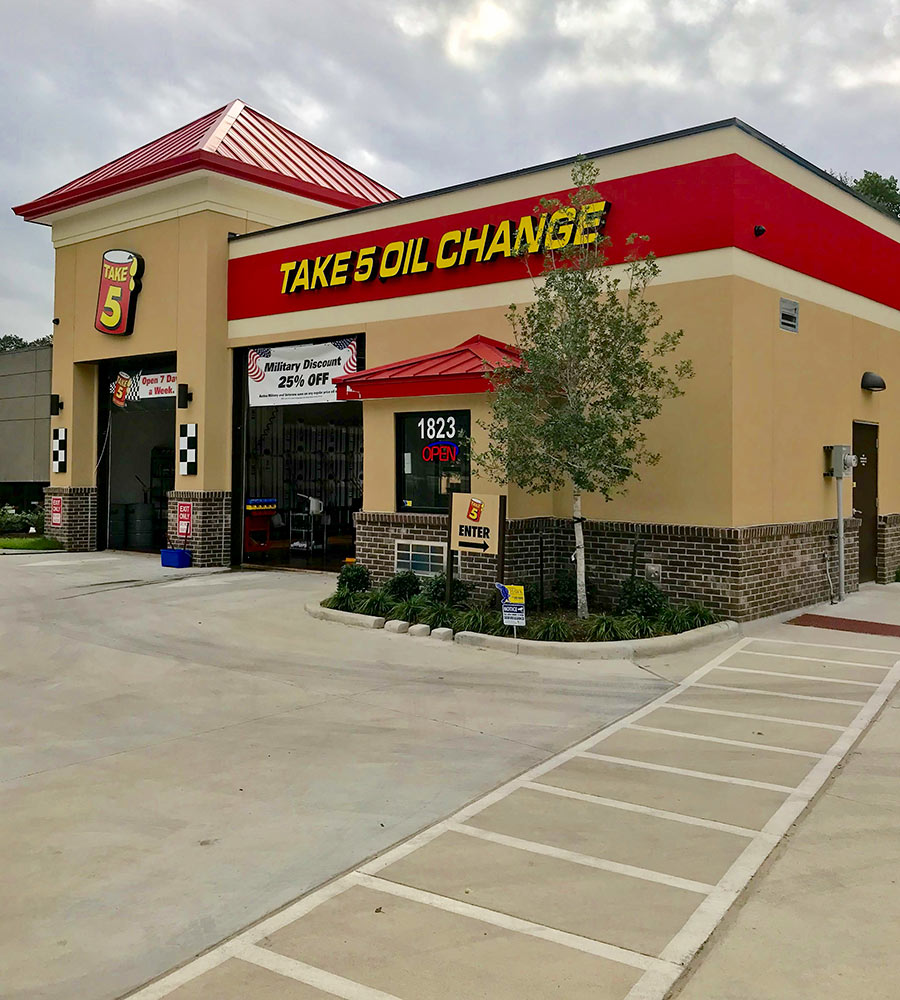
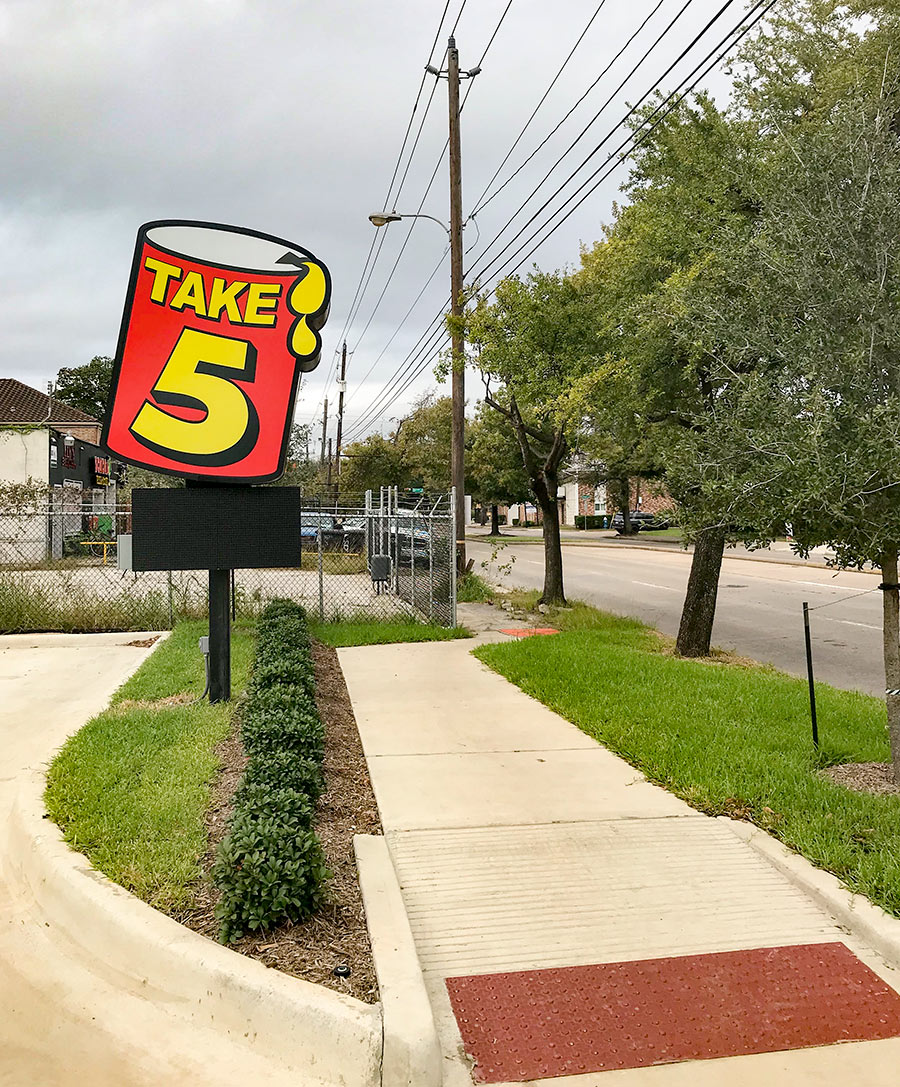
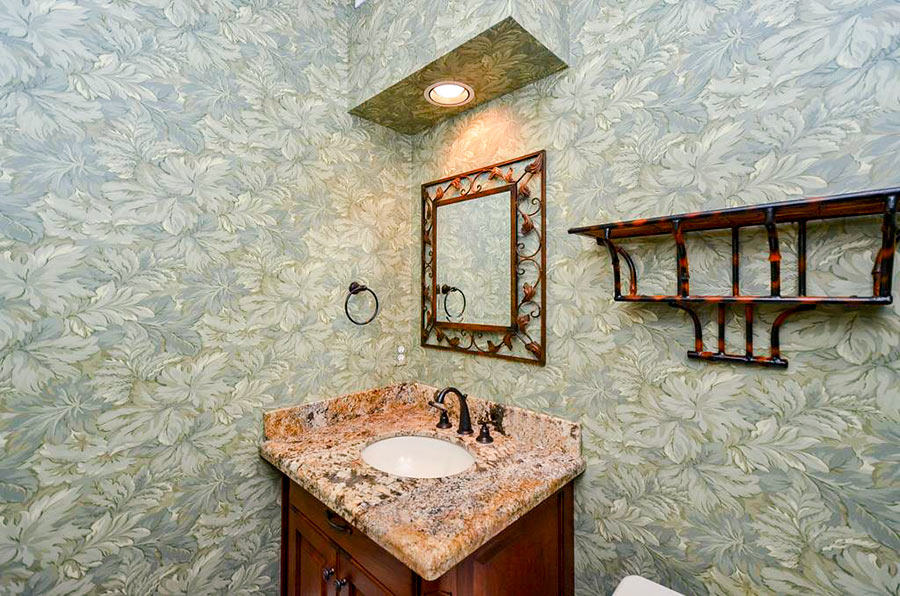
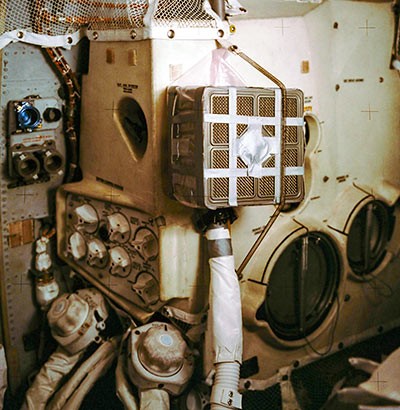 “Oy. If you put a bit of thought into the phrase you might remember that it was a clarion call for help in which “Houston†solved the problem and was held the hero. Hackneyed yes. Annoying no. Try living in Cleveland, Ohio where ‘the mistake by the lake’ gets repeatedly uttered.” [
“Oy. If you put a bit of thought into the phrase you might remember that it was a clarion call for help in which “Houston†solved the problem and was held the hero. Hackneyed yes. Annoying no. Try living in Cleveland, Ohio where ‘the mistake by the lake’ gets repeatedly uttered.” [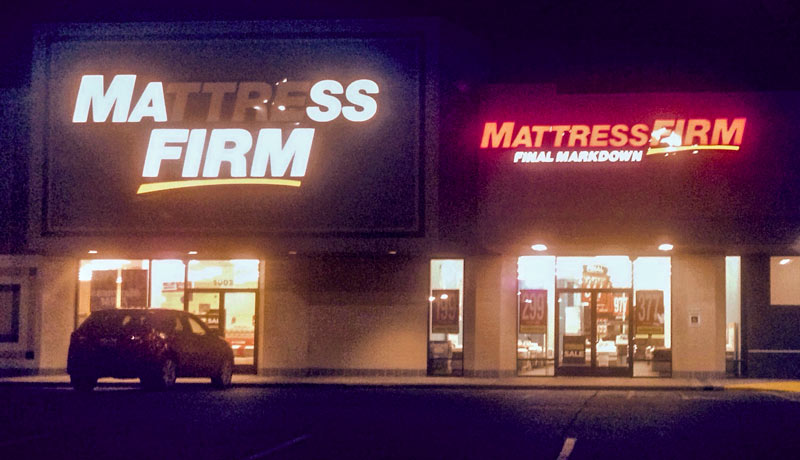 “There has got to be some kind of conspiracy going on. There is never anyone in any of their locations or Mattress Firm at any time of day except the person that works there. There are 2 Mattress 1 One locations right across the street from each other at Richmond and 610. Anywhere there is a Starbucks, there is a mattress store very close by. I have no knowledge of anyone, or anyone that knows anyone that has purchased a mattress from either of these two stores. Someone please explain how and why.” [
“There has got to be some kind of conspiracy going on. There is never anyone in any of their locations or Mattress Firm at any time of day except the person that works there. There are 2 Mattress 1 One locations right across the street from each other at Richmond and 610. Anywhere there is a Starbucks, there is a mattress store very close by. I have no knowledge of anyone, or anyone that knows anyone that has purchased a mattress from either of these two stores. Someone please explain how and why.” [